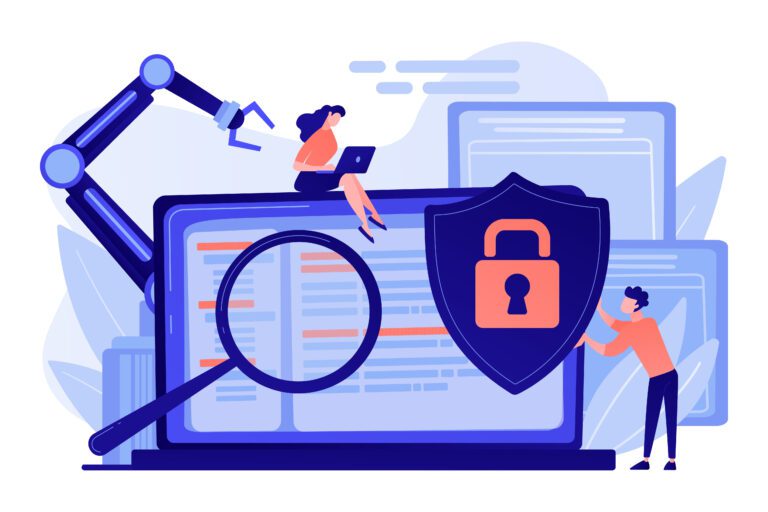Businesses face numerous threats to their sensitive data. From cyberattacks to internal data breaches, safeguarding valuable information has become paramount for organizations of all sizes. Effective risk mitigation strategies that businesses can employ to protect their data, ensuring its confidentiality, integrity, and availability. By implementing these strategies, businesses can enhance their security posture and minimize the potential impact of data breaches.
Conducting Regular Data Assessments
To effectively protect business data, organizations must first understand what data they possess, where it resides, and who has access to it. Regular data assessments help identify vulnerabilities and potential areas of weakness. By conducting comprehensive audits and assessments, businesses can gain insights into their data landscape, enabling them to prioritize security measures and allocate resources accordingly.
Implementing Strong Access Controls
Controlling access to sensitive data is crucial for preventing unauthorized disclosure or manipulation. Businesses should implement robust access controls, including strong passwords, multi-factor authentication (MFA), and role-based access control (RBAC) mechanisms. By restricting access to authorized personnel only, businesses can reduce the risk of data breaches caused by internal or external threats.
Encrypting Data
Data encryption is an essential practice for protecting sensitive information from unauthorized access. Encryption transforms data into an unreadable format, rendering it useless to anyone without the decryption key. By encrypting data at rest and in transit, businesses can ensure that even if data is compromised, it remains inaccessible to unauthorized individuals.
Establishing Data Backup and Recovery Processes
Data loss or corruption can occur due to various reasons, including hardware failures, natural disasters, or malicious activities. Establishing robust data backup and recovery processes is vital to mitigate the risks associated with data loss. Regularly backing up data and testing the recovery process helps ensure that critical information can be restored promptly in the event of an incident.
Educating Employees on Security Best Practices
Employees play a significant role in data protection. By providing comprehensive security awareness training, businesses can educate their workforce on potential risks, such as phishing attacks, social engineering, and malware threats. Employees should be encouraged to follow best practices, such as using strong passwords, being cautious of suspicious emails or links, and reporting any security incidents promptly.
Monitoring and Detecting Anomalies
Implementing robust monitoring systems allows businesses to detect and respond to security incidents promptly. By employing intrusion detection and prevention systems (IDPS), log monitoring, and threat intelligence, organizations can identify suspicious activities, abnormal behavior, or potential indicators of compromise. Timely detection enables businesses to take swift action, mitigating the impact of a security breach.
Regularly Updating and Patching Systems
Keeping software and systems up to date is critical for addressing vulnerabilities and protecting against known security threats. Businesses should establish a patch management process to regularly update operating systems, applications, and firmware. Promptly applying patches and security updates helps protect against exploits and reduces the risk of falling victim to known vulnerabilities.
Protecting business data requires a multi-layered approach that encompasses various risk mitigation strategies. By conducting regular data assessments, implementing strong access controls, encrypting data, establishing robust backup and recovery processes, educating employees, monitoring for anomalies, and staying vigilant with system updates, businesses can enhance their data protection capabilities and safeguard their sensitive information from potential threats. Don’t hesitate to contact us to help to protect your business data.







